Among the favorite debating grounds of cocktail historians is the exact origin of the margarita since there are quite a few stories dealing with the origin of that cocktail. Maybe the best-known story refers to having devised the margarita in Mexico at some period in the 1930s or 1940s, probably as variation of a classic cocktail based on tequila, a *tequila daisy*. Here, in this margarita, lime, tequila, and orange liqueur made up a more literal but far tastier version of the daisy cocktail.
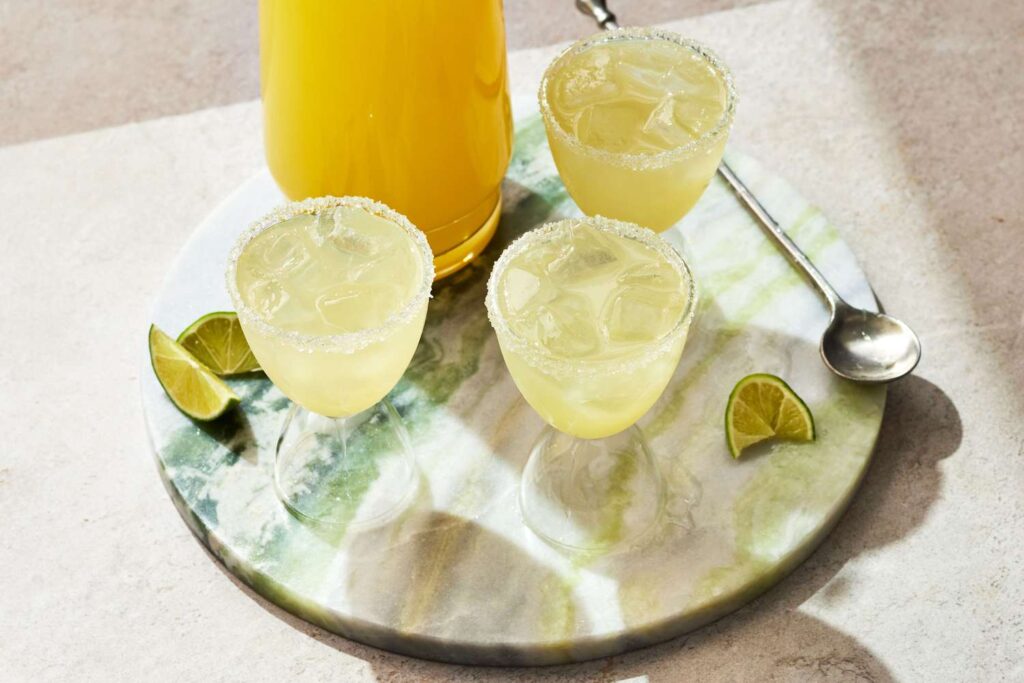
Most etymologies revolve around some strange, oddball character and place. The most famous account refers to bartender Carlos “Danny” Herrera and how he made the drink in his Tijuana restaurant for some glamorous socialite named Margarita Sames. Another birth myth credits bartender José Cuervo or even the Hollywood socialites who happened to be filming there as the birthplace, but in reality, no one knows who came up with the cocktail, and it remained a well-hidden secret in the outside world of Mexico until it slowly gained its following all over the United States during the middle part of the 20th century.
For several reasons, this cocktail became popular in the United States. Of late, interest in Mexican culture has grown in America in the 1960s and 1970s; margaritas have become an institution in border states like Texas and California and are any neighborhood bar or restaurant important part. Margaritas frozen began in the 1970s, which made that cocktail more accessible yet fun by machines that can shake cocktails to just right slush consistency.
This took place during the 1980s: locked in the place of the margarita in American popular culture, which meant it could be sold chain-style throughout the United States as one of their signature drinks. When high-end brands Patron and Don Julio began to show up on shelves, the former gained steady years for the agave, thereby forever seating a prime spot as a standard cocktail within beach parties, backyard barbecue celebrations, and the like.
International Presence and Expansion
Fast, its attractions spread across North America but thereafter leapfrog into the international market. Soon, it found its place on top of cocktail lists, not in Europe and Australia but of the world. In Britain, it became a cocktail, a spicy one always thrilling quite often usurped Latin-influenced delicacies.
This cocktail after invention was in another state; therefore, margaritas various flavors were discovered apart from other places as one would merely serve by tasting beside its need that is within an organism range at local places thereby, regional interpretations become realizable like the one being done from the Mexican version known as Tamarind version up to that of Pinacolato version at that of the Philippine among many others. Here, margarita variation gives rather simple base features-that is, balance achieved between sweet, sour, and salty flavors-that reflects some culture preferences.
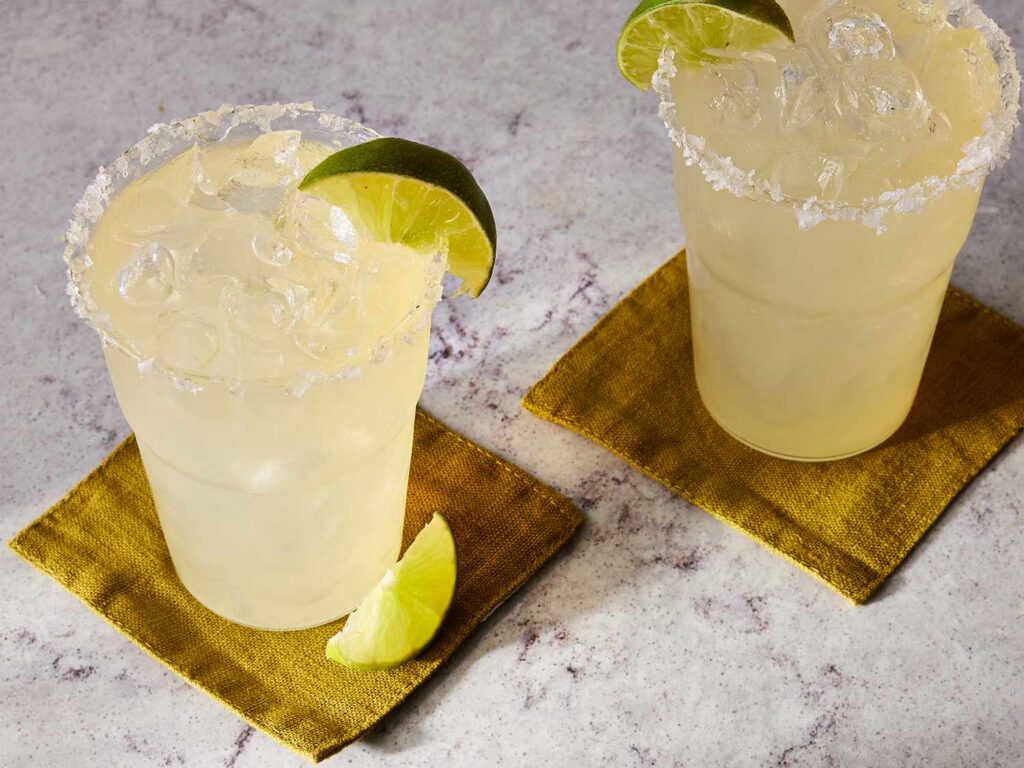
A Full Tequila Guide & Its Production
For tequila drinker, actual constituent in terms of margarita spirit. The better a drinker knows it, the more made are the nuances that come with this cocktail. How is Tequila prepared and its kind; let us explore with an understanding of the impact that it produces in terms of final flavors of margarita.
What is Tequila?
One of the distilled alcoholic beverages is Tequila, and it actually comes from the blue agave plant that is produced mainly in Mexico. The company happens to be in the chain for a good number of decades; hence, it is manufactured according to a protected designation of origin as well as a country since only selected regions of Mexico are actually allowed to manufacture it legally.
The processes of tequilas are high developments and highly time consuming as well. Here’s what the process is with one of these tequilas.
Harvest Agave
It took from 8 to 12 years before the Blue Agave could be harvested. Very skilled persons, who would be called Jimadors, would cut the leaves off the plant by using machetes. What was left behind would then be referred to as piña and was used during fermentation process to bring in Tequila.
Roasting the Agave: Pinas are roasted in huge ovens for days so that the starches of the pinas turn to fermentable sugars inside the pinas. That’s how tequila is acquiring its deep earthy flavor. This too isn’t absolute. Distilleries have both traditional clay and industrial stainless-steel autoclaves to do this work.
Fermentation: This requires a grinding of cooked agave pinas or aguamiel’s of liquid extracts sent across the fermentation tanks. In most cases, a long fermentation can be wild fermentation in situ and commercial or pure strains may come in to be used well within a distillery from time to time. There has been as few as just days afterward and on and up fourteen days by length that needs more in an aspect versus a less-than-ideal application that’d determine what has the chance with the tastes and even favor.
Distillation: alcohol that is distilled free of impurities is double the distillation of fermented juice of agave over either copper or stainless steel and in this process the product of first distillation proved to be *Ordinario, a low proof liquid, and the final product comes during the second distillation, namely *tequila.
Aging: Tequila can be left to age in oak barrels for several months after distillation; thus, some flavor complexity is achieved. Aging time will classify the tequila.
Blanco (Silver): Not aged or aged for a minimum of 2 months or not more than 2 months. Sharp and clean agave flavor.
Reposado: 2-12 months in oak barrels. It will have the full body while oak and hints of vanilla are dominant.
Aneja: After having remained inside oak barrels for from 1 to 3 years, it will be creamy richly complex with rich wooded-caramel flavors.
Extra Aneja: Tasted flavor will become fuller as well as even complex in nature; the essence here will be mostly carried in the form of the presence of flavors of dried fruit-tobacco-spice in character.
Impact from a Tequila on a Margarita
Of course, the quality of your tequilas has had the most highly huge impacts upon the flavor of a drinkable margarita. The superior, especially the reposados and Aneja add depth and riches to your flavor that can never be achieved with poorer or low-grade tequilas. A quality reposado tequila is going to lend a smooth woodiness of adding depth of flavor to your margarita. If you’re a tequila freak, you’ll love the boldness in high-proof Blanco; its crisp agave flavors are really more of an old-fashioned Mexican experience.
Modern Mixology & The Science of Margarita Making
As the art and science of cocktail mixology is to be discussed throughout, the appendices to this endeavor are the best representative of how precision and creativity come together in this science of a bar. We go a bit further to dive into the techniques of the principles of science, perfecting that margarita.
Balance: Now technically, a margarita is almost perfectly balanced cocktail if you speak literally at least in the case of a ratio that’s just so in between tequila and lime juice and orange liqueur. Just this balance of acidity and sweetness can make all the difference and yet keep in an approachable alcohol profile wherein agave flavors could burst forth from within.
Tequila: probably the most used spirit in cocktails; thus, an acceptable selection based on individual profiling of flavor is in order. Very not alcoholic between 35% to 40% base itself defines character in finished cocktail.
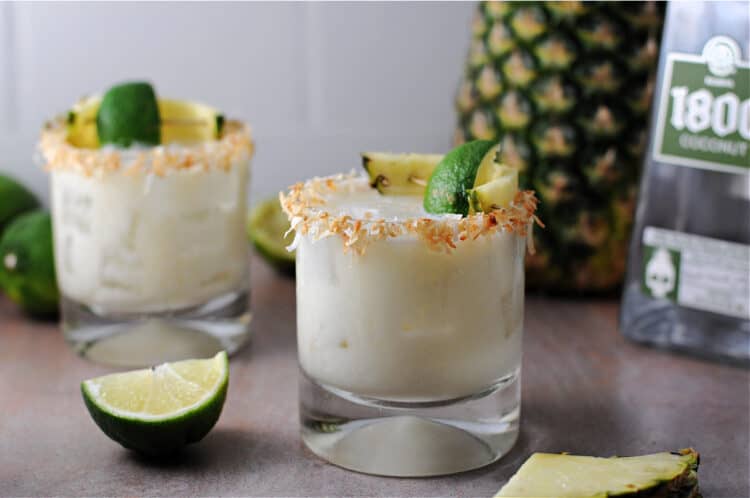
In fact, the acid backbone of a margarita is just lime juice. That should be freshly squeezed since it needs to be strong enough to bring up the acidity necessary for orange liqueur sweetness to balance and cut richness in this tequila.
Orange Liqueur: The triple sec, or Cointreau, that is usually applied is sweet but also bitter. The balance of its taste is done by adding orange juice since it has this tartness that gives a pathway to a mixture that compliments the pattern within the tequila from the agave
Ice and Glassware
Other than the ingredient measurement, it is very convenient to use in taking a sip. The Margarita glass is engraved as an emblem on a wide-rimmed coupe. By this size of the rim, it becomes very simple to add garnish and enjoy the full drink where the aromatic flavors of tequila and lime come out with the kiss on the lip.
Neither of ice is left. For example, in sockets margaritas, large cubes are applied because they cool a drink pretty fast without watering much. Crushed ice makes the frozen margarita that slushy which makes the cocktail refreshing when iced.
Shaken or stirred?
Probably the most hotly debated issue that could fill an entire bartending debate would be whether a margarita should be stirred or shaken. Somehow, shaking over ice does so much more to a margarita than it just mashes everything in the mix together. Flavors instead are largely unleashed and elements amorphous to another in texture form, and the drink acquires some of that dissolved portion of the melted ice in dilution just to cool off the sharpness that arrives from the side of tequila.
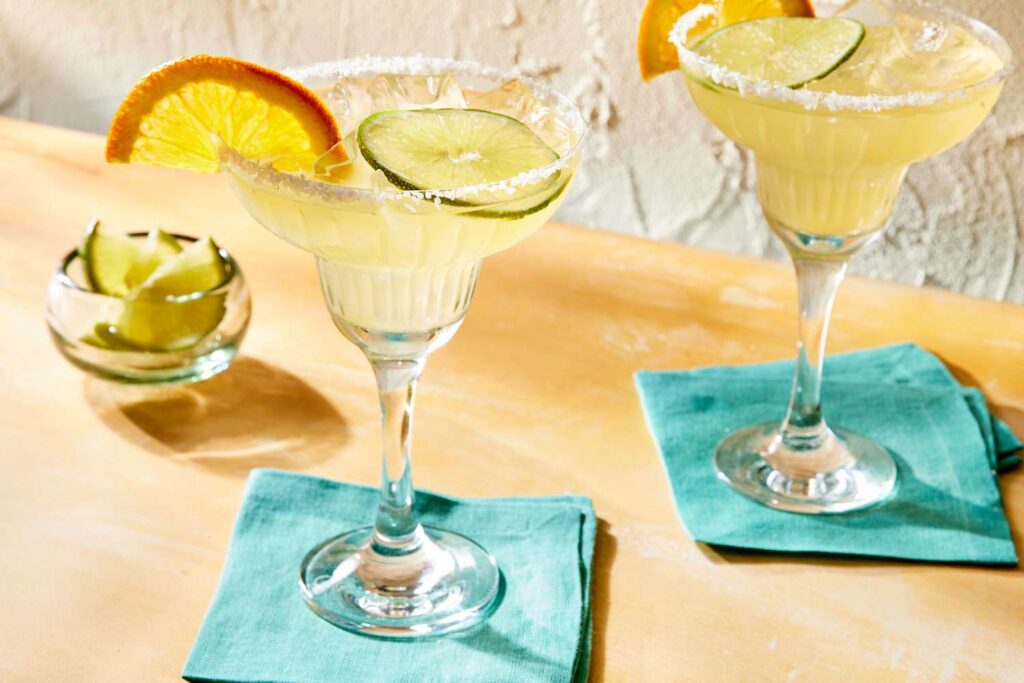
Instead, the process of stirring a margarita with good tequila and great ingredients retains the integrity of the drink and rich flavors it offers. A stirred margarita must be served in glasses rather than over ice because this was originally done to preserve the integrity of the drink.
It’s enjoyed for its purist quality, although modern-innovative bartenders and enthusiasts come up with exciting variations with their creative take on this old favorite. Let’s now dive further into the section of more artistic margarita creations as they keep growing through modern cocktails.
Spicy Margarita
Of the spiciest new variation and probably the most favorite of all is the spicy margarita. This variation of cocktail is just almost ready to add some spice to the mix by only using fresh jalapeños, chili powder, or hot sauce. Most bars that exist nowadays would really like equal measures of heat and sweetness to be paired with this version of the cocktail.
Use smoked chili or infused tequilas to catch spiciness that can be used while trying to find drink flavor without overpowering the existing inherent flavors of the margarita.
Fruit-Infused Margaritas
The fruit-flavored margarita is the second variation, where new variations of the basic recipe arise through seasonal fruits. Among them are strawberry and fresh strawberry or strawberry purée added to the traditional lime, tequila, and orange liqueur combination; mango and peaches, and raspberry, as well as even some fresh herbs like mint or basil.
Frozen Margaritas
Frozen margaritas have now become part and parcel of an American summer. In fact, this cocktail is not better than the sultry weather that comes with summer. It tastes great and fine; no combination would be better to taste the flavors of frozen drinks blended with fruits and herbs. Even adding spicy things to this mixture would be just perfect for individual consumption. They might end up drinking frozen margaritas in oversized glasses or funny cups that give fun and festive tones when at times of their consumption.
Cultural Significance & Rituals Surrounding the Margarita
Sometimes the serving cups happen to be very large to fill the brims of glass when they are completely full.
Rather, the margarita becomes a drink symbolizing lifestyle and culture as well. More in particular in the region where margaritas are consumed a lot, this drink embodies a kind of lifestyle and culture. Margaritas somehow painted a picture of holiday and celebrations. Certain ritual of margaritas both in Mexico and in the United States have positioning at the forefront for all casual and formal settings wherein culture was assimilated. Mexican Culture on Margaritas
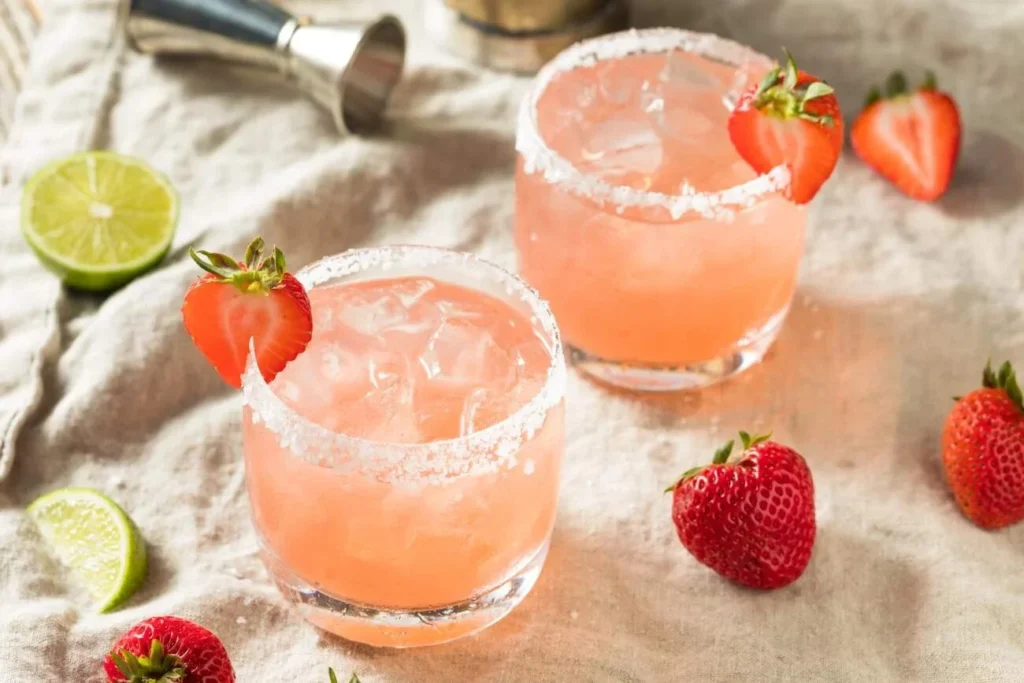
In a way, the margarita in Mexico is seen as a drink symbolizing the character of the country- its vibrant flavors, spicy ingredients, and single ancestry. Therefore, social life in Mexico is quite important since it is gulped on family gatherings, fiestas, and weddings. Since one of the fundamental ingredients in this Mexican dish, flavor from this drink combines totally with pungent spicy flavors that characterize the Mexican dishes. The cocktail perfectly falls into traditionally consumed menu in Mexican culture, such as tacos, enchiladas, and ceviche.
Conclusion
Perhaps because of the perfect flavors, the spectrum of its variations, and the middle position occupied between tradition and innovation, the margarita may be the world’s most famous cocktail. All the changes that it brought into fulfilling expectations by the modern times leave its historical touch intact. Indeed, be it the old brigade or new ones by novel creations, there could surely have a margarita toast towards more and more celebrations and hospitality for years on and on.

